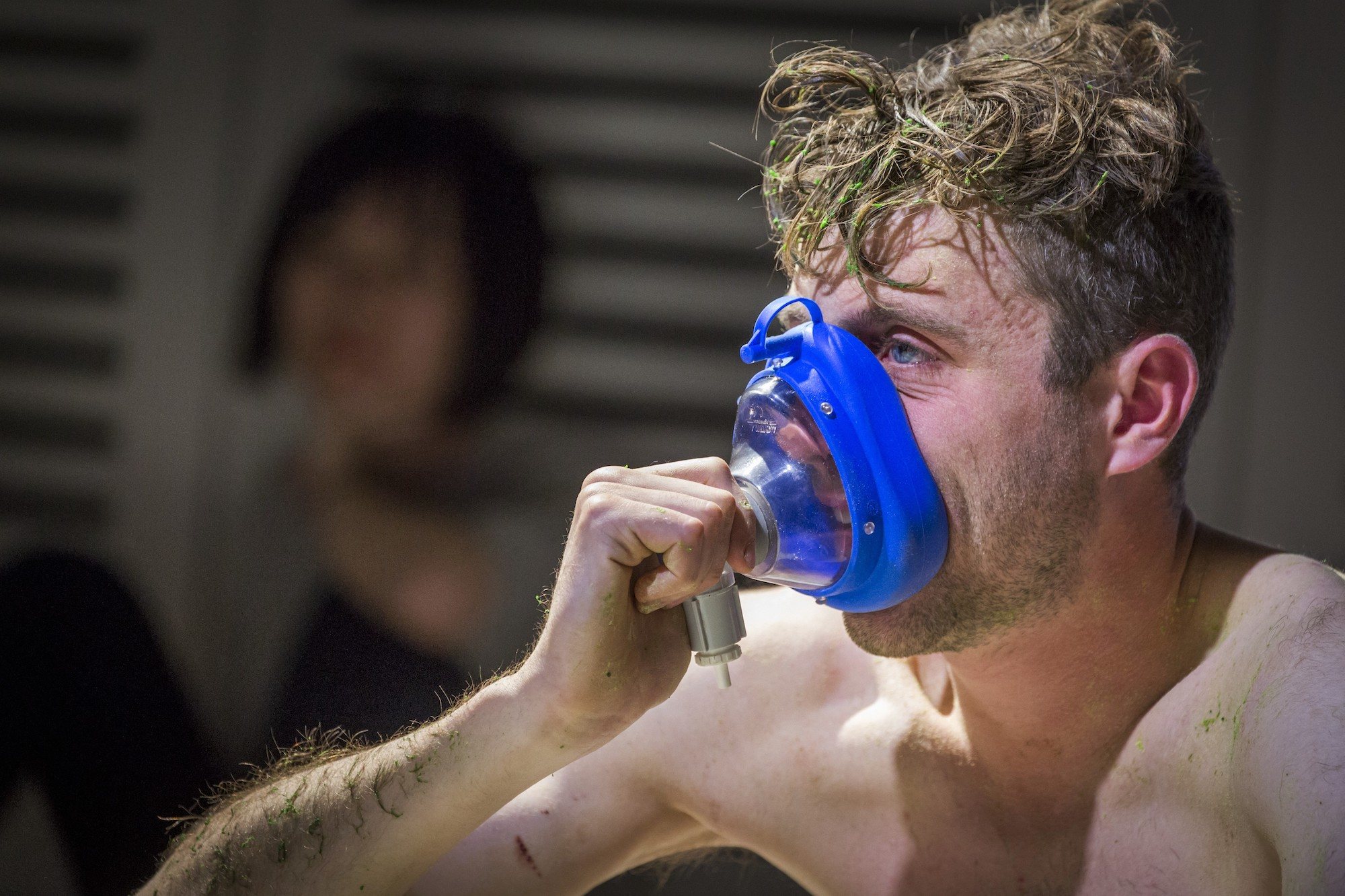Tara Fatehi Irani – Mishandled Archive
Every day for a year, artist and writer Tara Fatehi Irani dispersed fragments of family photographs and documents in public places in the UK, Iran, Switzerland, Kurdistan, Germany, Italy, Ukraine, the Persian Gulf, and in between borders and amongst the clouds. She made a photograph, an annotation, a dance and an Instagram post on the site of each dispersal.
Read about Mishandled Archive
Marcia Farquhar – The Omnibus
For the 30th anniversary of the National Review of live Art (NRLA) in 2010, Marca Farquhar performed a 30 hour long performance. “An hour for a year is a long time in performance. In homage to the long-durational performances of an earlier generation, and with a nod to those great indefatigable heroes of past actions, Marcia Farquhar will be hosting a marathon, live-in, 30-hour rumination on the subject of the last 30 years. All happenings, histories and goings-on since the late 1970s will be considered fair game.”
Watch documentation of The Omnibus.
Jade Montserrat – Shadowing Josephine | Revue
Originally a four hour choreographed piece performed nude to Cab Calloway’s Cotton Club track Pickin’ up the Cabbage, Jade Montserrat developed Shadowing Josephine into Revue, in reference Baker’s La Revue Nègre (1925), with the intention of performing it over 24 hours to locate the work within terms of reference including: slavery and the spectacle of bondage (slave auctions); consumption of culture and black presence within art institutions; visual consumption of the human body; 24-hour news cycles; dance marathons of the 1930s; monitoring and surveillance; operating in the world despite pain; narratology; time – circular time, racial time, revolutionary time.
Watch excerpts from Shadowing Josephine
Barbara Campbell – 10001 Nights Cast
1001 nights cast was a durational performance by Australian artist, Barbara Campbell. Each night at sunset, Barbara performed a short text-based work as a live webcast. The performance texts were written for her each day in response to a prompt she drew from the morning’s newspaper reports on the Middle East. The performance was relayed as a live webcast to anyone, anywhere, who was logged on to the project’s website at the appointed time: sunset at the artist’s location. The project ran for 1001 nights, ending on March 17 2008.
Read more about 10001 Nights cast
Jem Finer – Long Player
Longplayer is a self-extending composition which is designed to continue for one thousand years. It started to play at midnight on 1 January 2000, and if all goes as planned, it will continue without repetition until 31 December 2999.
Read about Long Player
 Pushing 60, Marcia Farquhar.
Pushing 60, Marcia Farquhar.
 Josephine and the Leopard, Jade Montserrat. Still from film made with Webb-Ellis.
Josephine and the Leopard, Jade Montserrat. Still from film made with Webb-Ellis.
 Perform, Repeat, Record: Live Art in History, Eds. Amelia Jones & Adrian Heathfield
Perform, Repeat, Record: Live Art in History, Eds. Amelia Jones & Adrian Heathfield
